A report released today by the Global Alliance for Clean Cookstoves showed that more than 53 million clean and/or efficient cookstoves and fuels have been distributed from 2010-2015, and that the proportion of higher-performing cookstoves in the biomass stoves market is increasing every year.
The 2016 Progress Report, which includes noteworthy accomplishments from across the clean cooking sector, highlights the continuing momentum as the Alliance’s more than 1,600 partners work toward the goal of enabling 100 million households to adopt clean and efficient cookstoves and fuels by 2020. In addition to the continued growth in distribution and adoption, which is on pace to meet or exceed the 100×2020 goal, the report also showed that cookstoves and fuels companies have raised more than US$60 million in debt and equity financing.
This year also saw the continued prioritization by leaders from around the world of clean cooking as critical to addressing a broad range of global goals, from saving lives to mitigating climate change. As noted by Antonio Guterres, Secretary-General-Designate of the United Nations and a member of the Alliance Leadership Council, “This is an issue that impacts multiple Sustainable Development Goals and it must play a central role in our work to ensure the realization of human needs and fundamental rights.”
The report highlights progress in advancing clean cooking markets from the Alliance’s eight focus countries (Bangladesh, China, Ghana, Guatemala, India, Kenya, Nigeria, and Uganda), as well. For example, sustained advocacy efforts from the Alliance and numerous partners helped governments across Africa and Asia set new policies that are enabling a stronger and more vibrant cookstoves market, including Kenya’s elimination of a 16% tax on cooking gas, Bangladesh’s 10% reduction in its state import duty on cleaner cookstoves, Ghana’s new LPG for Cooking Policy, and China’s inclusion of clean cooking in its current Five-Year-Plan. India’s unprecedented plans to connect 50 million households to cooking gas over the next three years are also moving forward rapidly, which could deliver significant benefits locally and globally.
This is an issue that impacts multiple Sustainable Development Goals and it must play a central role in our work to ensure the realization of human needs and fundamental rights.
– António Guterres, Secretary-General-Designate of the United Nations and
member of the Alliance Leadership Council
In addition, 2016 marked the ramp-up of the Alliance’s awareness and behavior change communication (BCC) program, which aims to increase demand for clean cookstoves and fuels by reaching millions of people with messaging about clean cooking. In collaboration with national alliances, the Alliance implemented BCC campaigns in Bangladesh, Ghana, Guatemala, and Uganda that delivered high-impact, evidence based communications designed to influence consumer purchasing decisions and encourage the consistent use of cleaner cooking options. Through radio ads, lively demonstrations, and even a soap opera, these campaigns reached millions of households and partners reported a significant boost in sales.
This year also increased evidence on the health benefits of clean cooking, as both published and preliminary results from Alliance-supported research point to improved child respiratory health achieved through the use of clean cookstoves and fuels. In response to these findings, several public health agencies, including UNICEF, are already recommending and finding ways to incorporate clean cooking into their work.
“The clean cooking sector is becoming more cohesive and dynamic, with an expanding base of partners, many new entrants, and a growing variety of stoves and fuels available to the end user,” said Alliance CEO Radha Muthiah. “While we move into 2017 with strong momentum, there is still much to do on our mission to make clean cooking affordable and accessible for all.”
Find the digital edition of the 2016 Alliance Progress Report, download the full print version, and explore additional resources at: www.cleancookstoves.org/progress2016
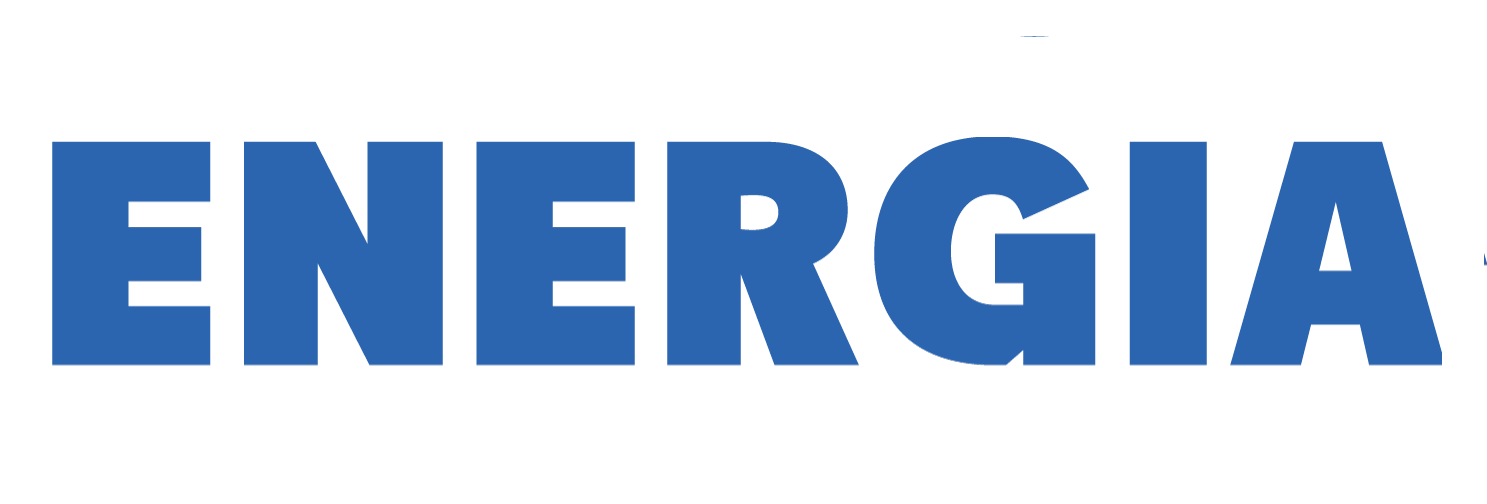
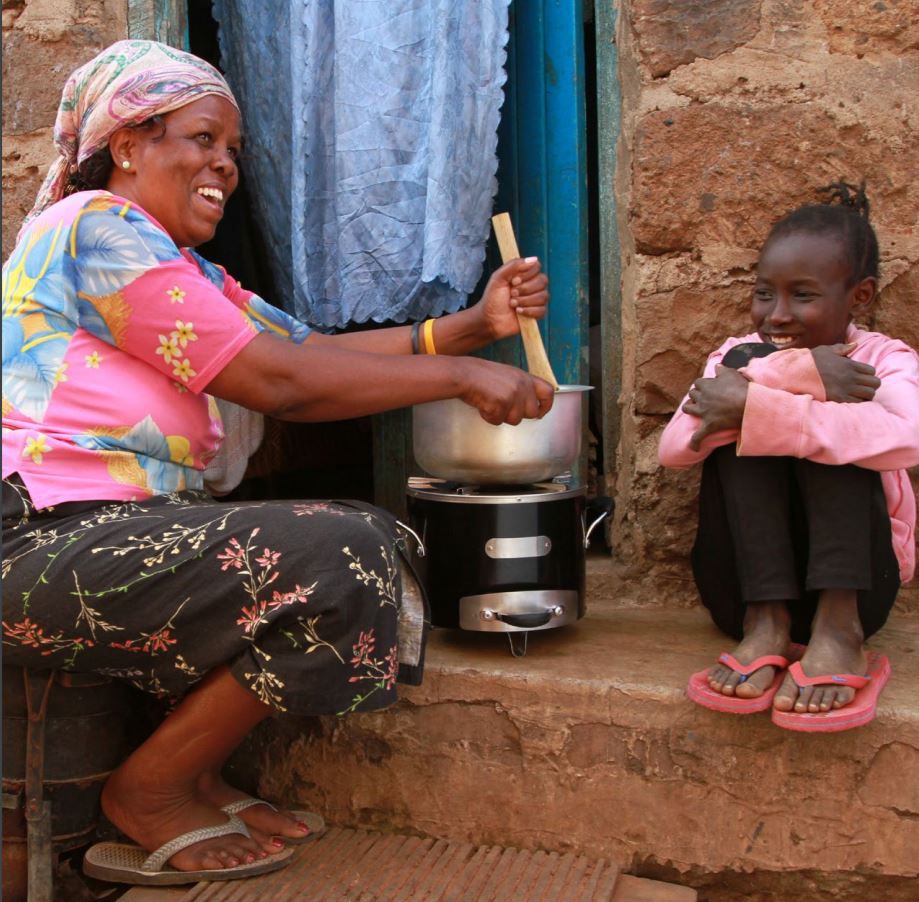




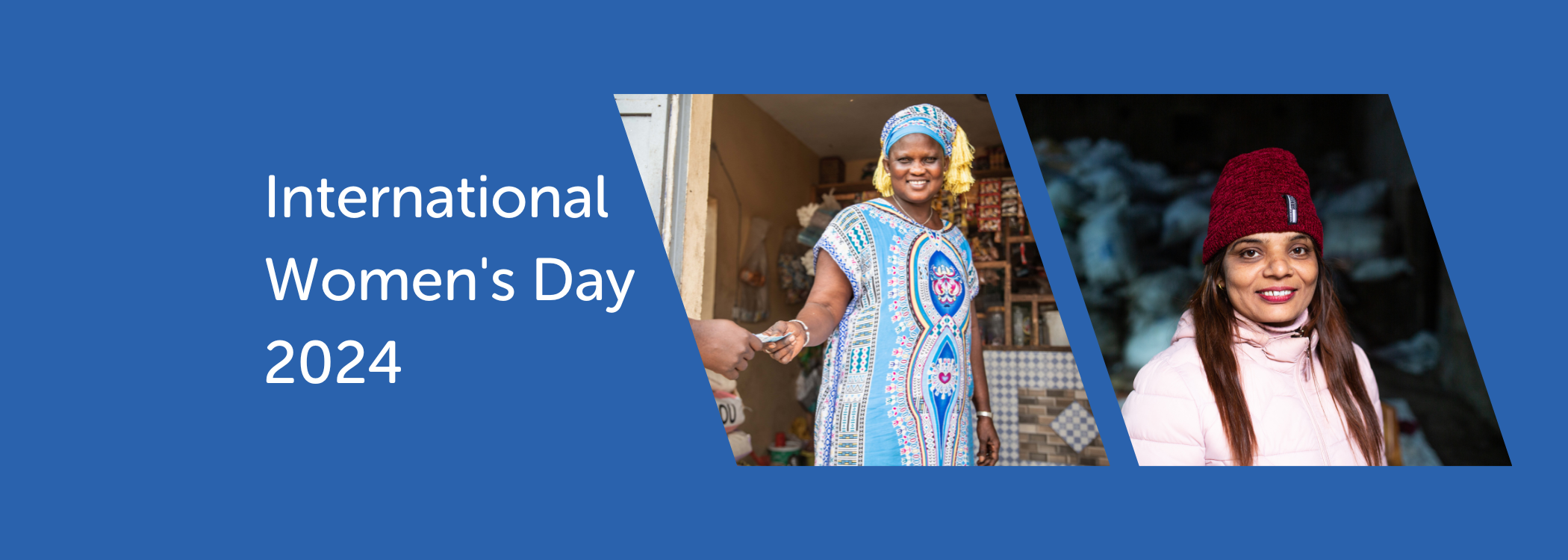


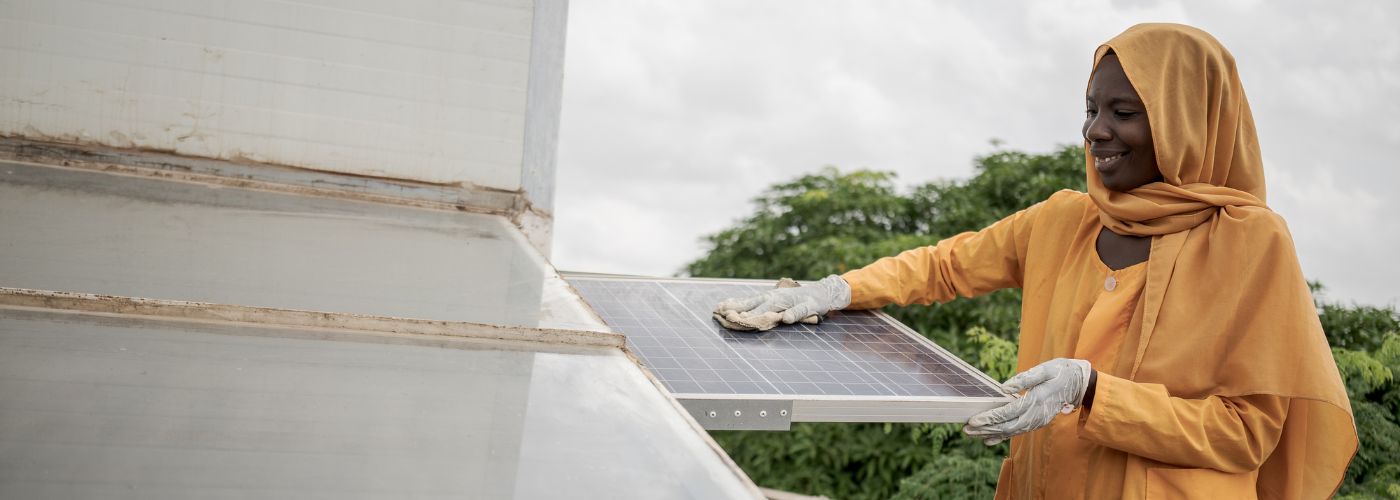
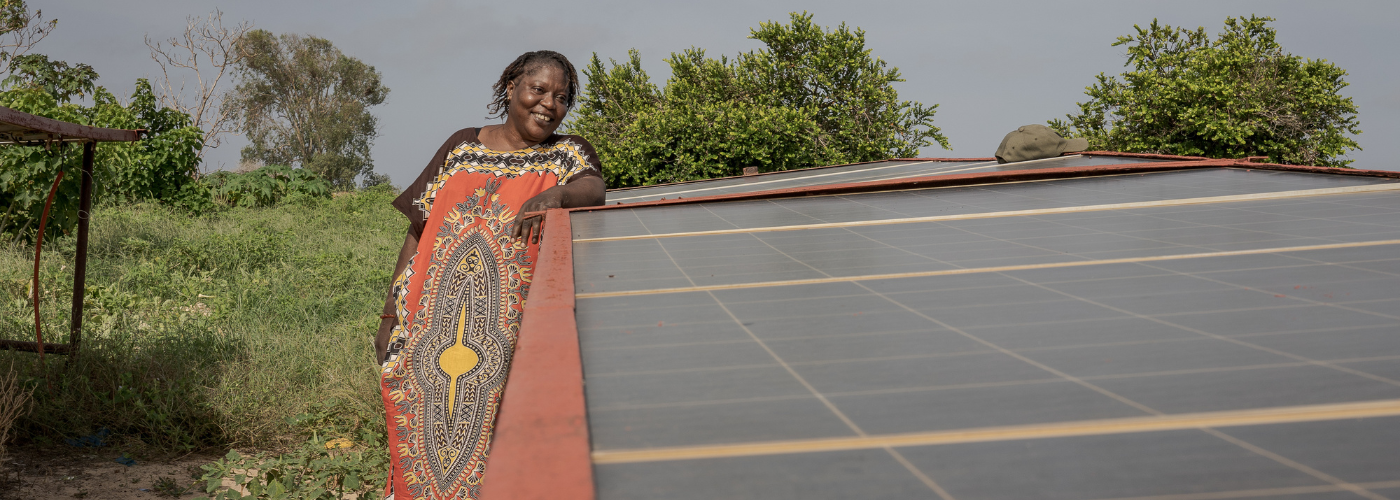
Follow us on: